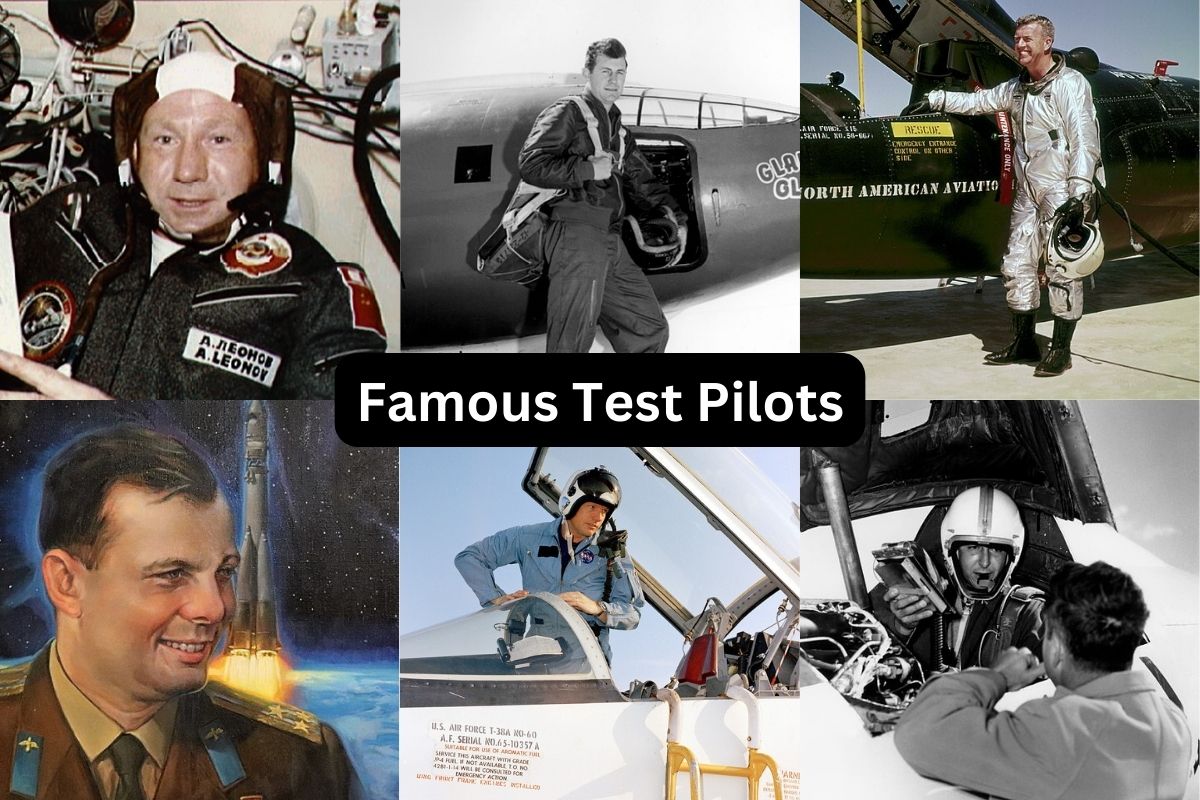Test pilots are the unsung heroes of aviation and space exploration, pushing the boundaries of human achievement and technology. They have played a crucial role in the development of aircraft, spacecraft, and the exploration of the cosmos.
This article pays tribute to some of the most famous test pilots in history, highlighting their remarkable contributions, groundbreaking achievements, and the indelible mark they’ve left on the world of flight and beyond.
From breaking the sound barrier to taking humanity’s first steps into space, these individuals have shaped the course of human history through their courage and dedication. Join us on a journey through the lives and accomplishments of these remarkable pioneers of the skies.
Famous Test Pilots
1. Chuck Yeager (1923-2020)
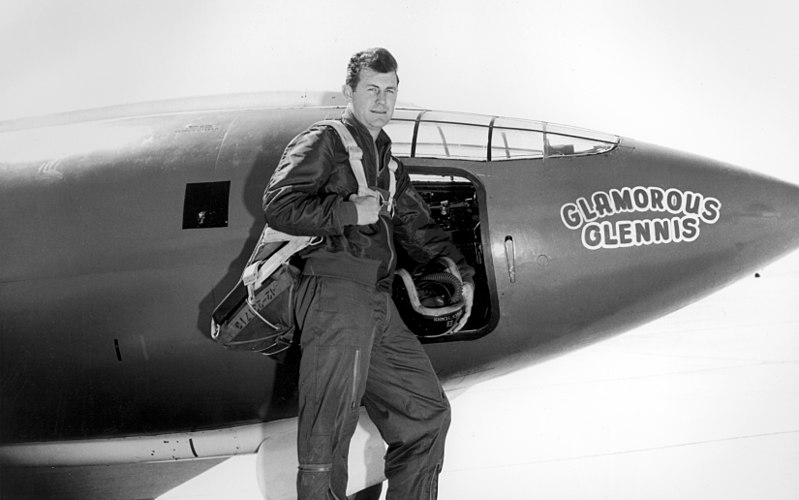
Chuck Yeager was an American Air Force officer and test pilot who achieved legendary status in aviation history. He is best known for breaking the sound barrier on October 14, 1947, while flying the Bell X-1 rocket plane.
This historic achievement marked the first time an aircraft had flown faster than the speed of sound, a milestone in supersonic flight.
Also Read: Famous Pilots
Yeager’s groundbreaking accomplishment demonstrated the feasibility of high-speed flight and paved the way for the development of faster and more advanced aircraft. His courage, skill, and contributions to aviation earned him widespread recognition and accolades throughout his career.
2. Neil Armstrong (1930-2012)
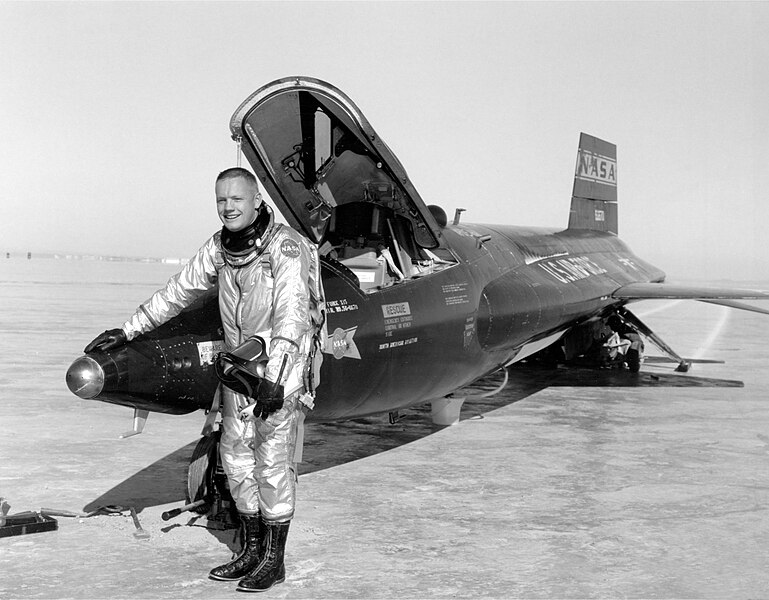
Neil Armstrong is primarily celebrated as an astronaut and the first person to set foot on the Moon during the historic Apollo 11 mission in 1969. However, before becoming an astronaut, Armstrong served as a research pilot in NASA’s X-15 program.
Also Read: Most Famous Female Pilots
The X-15 was an experimental rocket plane that conducted high-speed and high-altitude flights. Armstrong’s experience as a test pilot in the X-15 program contributed to his exceptional skills as an astronaut.
His calm demeanor and expertise played a crucial role in the success of the Apollo 11 lunar landing, where he took the historic first steps on the lunar surface.
3. Yuri Gagarin (1934-1968)
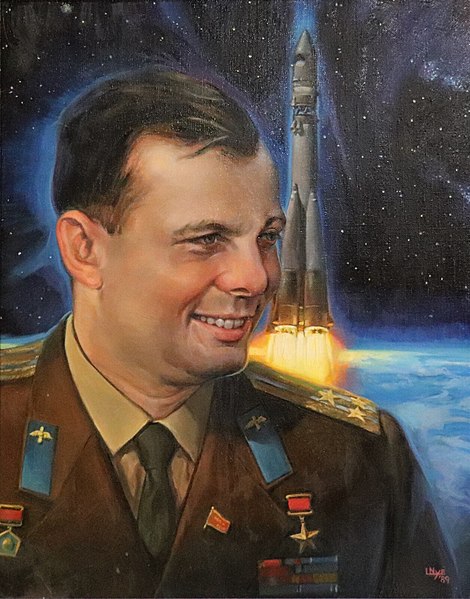
Yuri Gagarin was a Soviet cosmonaut who achieved worldwide fame as the first human to travel into space. On April 12, 1961, Gagarin piloted the Vostok 1 spacecraft, completing a single orbit around Earth.
His journey marked a significant milestone in space exploration and the space race between the United States and the Soviet Union.
Before his historic spaceflight, Gagarin served as a test pilot in the Soviet Air Force. His experience and courage in high-speed and high-altitude flight contributed to his selection as the first human to venture into space.
4. Scott Crossfield (1921-2006)
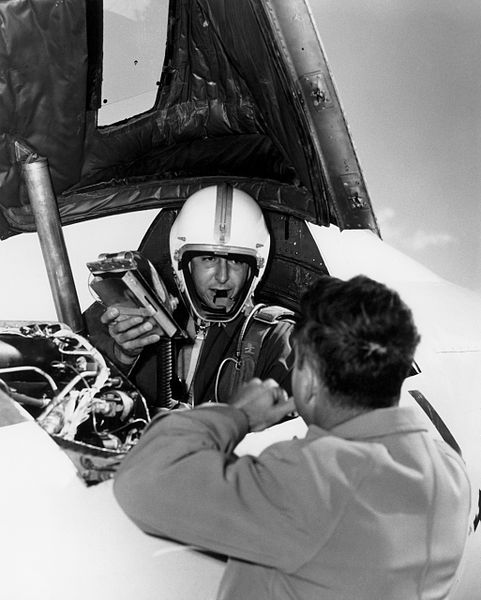
Scott Crossfield was an American test pilot who played a pivotal role in the development of high-speed aircraft. He worked with the National Advisory Committee for Aeronautics (NACA) and later NASA, flying the X-1 and X-15 rocket planes.
Crossfield made significant contributions to aeronautical research, becoming the first person to fly at twice the speed of sound and setting numerous altitude and speed records during his career. His work helped advance our understanding of supersonic and hypersonic flight.
5. Joe Walker (1921-1966)
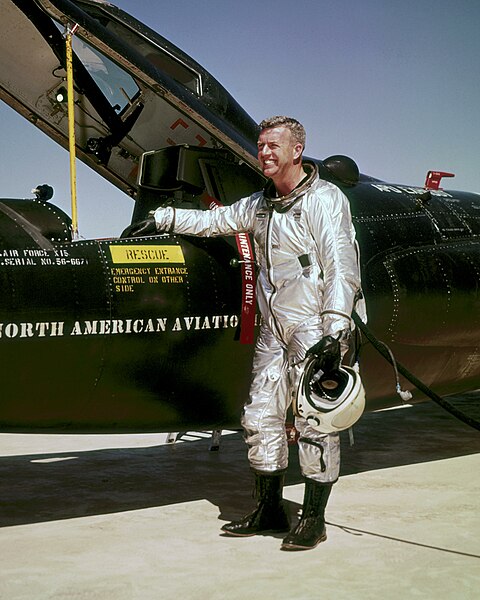
Joe Walker was another prominent test pilot involved in the X-15 program, which aimed to explore the outer edges of the Earth’s atmosphere and space. He made a total of 25 X-15 flights, reaching altitudes exceeding 354,000 feet (about 67 miles).
Walker holds the record for the highest altitude reached by an X-15 pilot. His daring flights and contributions to understanding high-speed, high-altitude flight were crucial for the development of future space exploration missions.
6. Alexei Leonov (1934-2019)
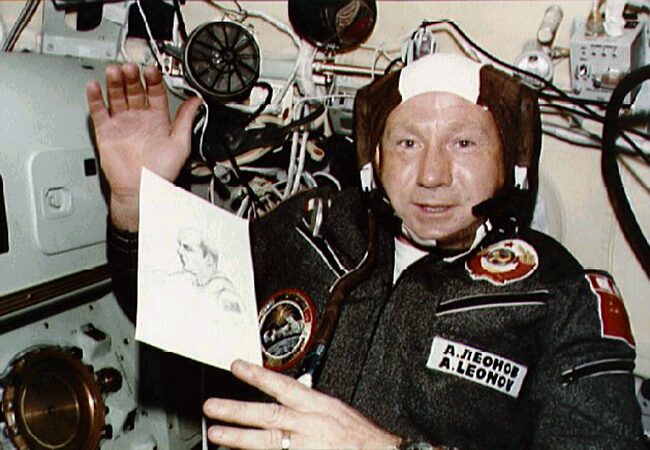
Alexei Leonov was a Soviet cosmonaut and a pioneer in human space exploration. He is best known for his historic spacewalk during the Voskhod 2 mission on March 18, 1965. Leonov became the first person to exit a spacecraft and float freely in space.
Before his spaceflight career, Leonov served as a fighter pilot and test pilot in the Soviet Air Force. His courage and experience as a pilot played a crucial role in his selection as a cosmonaut and his successful spacewalk.
7. John Glenn (1921-2016)
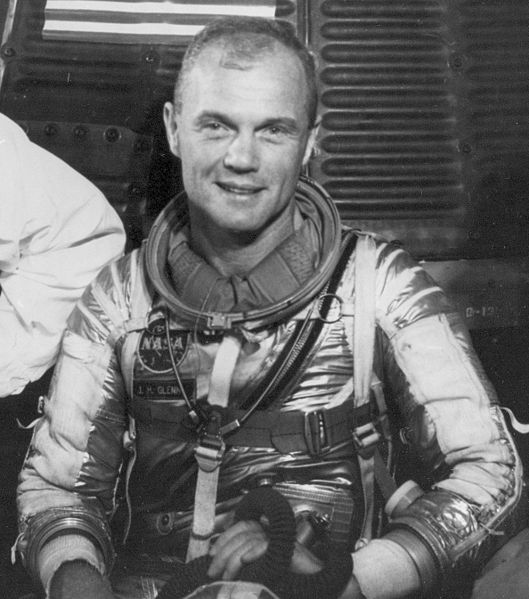
John Glenn was a U.S. Marine Corps aviator, test pilot, and astronaut. He is renowned for becoming the first American to orbit the Earth on February 20, 1962, during the Friendship 7 mission as part of NASA’s Mercury program.
Glenn’s experience as a fighter pilot and test pilot contributed to his selection as one of the “Mercury Seven” astronauts. Later in life, at the age of 77, he made history again by becoming the oldest person to fly in space aboard the Space Shuttle Discovery in 1998.
8. Eric “Winkle” Brown (1919-2016)

Captain Eric “Winkle” Brown was a British Royal Navy officer, test pilot, and aeronautical engineer. He is widely regarded as one of the greatest test pilots in aviation history.
Brown’s remarkable career included flying 487 different types of aircraft, a world record that still stands. He contributed significantly to aviation research and conducted critical flight tests, often pushing the limits of aircraft capabilities.
9. Tony LeVier (1913-1998)

Tony LeVier, born on February 14, 1913, and passing away on February 6, 1998, was an influential American test pilot primarily associated with Lockheed Corporation. His career was marked by significant contributions to aviation technology, particularly in the field of test piloting.
LeVier’s pivotal work included enhancing the Lockheed P-38 Lightning, a critical twin-engine fighter aircraft during World War II. Additionally, he served as the chief test pilot for Lockheed’s pioneering jet-powered aircraft, the XP-80 Shooting Star, making its maiden flight in 1944.
He made notable contributions to experimental aircraft, including the XF-90, XFV-1 Salmon, and the XF-104 Starfighter. LeVier’s daring test flights and commitment to pushing the boundaries of aviation led to him setting world speed records, most notably in 1953 when he achieved Mach 2.259 in a modified F-104 Starfighter.
10. Bob Hoover (1922-2016)
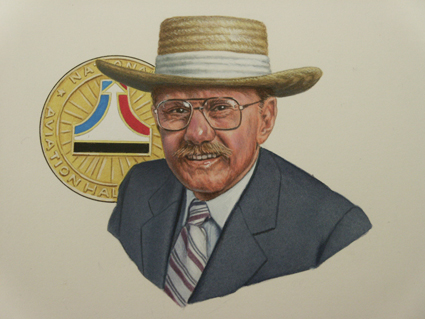
Bob Hoover, born on January 24, 1922, and passing away on October 25, 2016, was an iconic American test pilot and aerobatic performer. His remarkable career left an enduring mark on aviation.
During World War II, Hoover served as a fighter pilot, flying the P-51 Mustang and later becoming a prisoner of war in Germany. After the war, he continued his contributions to aviation as a test pilot, working on aircraft like the F-86 Sabre and F-100 Super Sabre.
Hoover’s aerobatic prowess was legendary. He performed seemingly impossible maneuvers with grace, most notably his “energy management” routine. This involved shutting down his aircraft’s engines and executing precise aerobatics.
Beyond his flying skills, Hoover was a dedicated advocate for aviation safety and education. He inspired and instructed countless pilots through airshows and seminars. His autobiography, “Forever Flying,” offers insights into his remarkable life.
Bob Hoover’s legacy extends as an inspiration to aviators worldwide, making him an enduring figure in aviation history.
